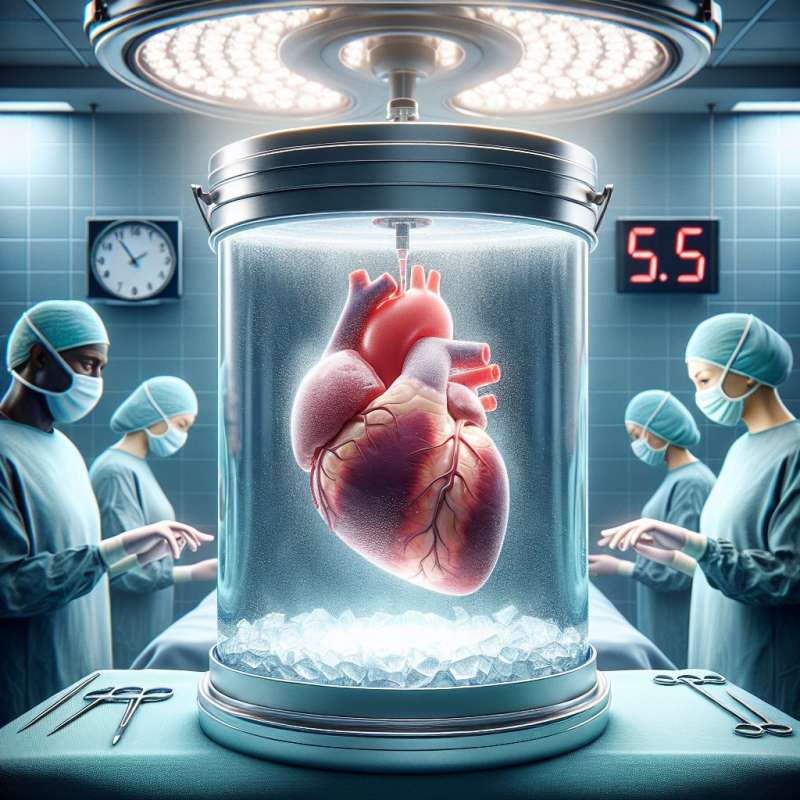
Understanding Organ Donation
Organ donation is a process where a person donates their organs for transplant. It can save lives, but only 3 in 1,000 people die in a way that allows for donation.
Deceased vs Living Donation
Organ donations can come from the deceased or living donors. Living donors typically give one kidney or a portion of the liver, lung, pancreas, or intestine.
Donation After Brain Death
Most organs are from donors who've experienced brain death. This state, distinct from a coma, means the brain has irreversibly ceased all functions.
Organ Matching Process
Organs are matched by blood type, tissue type, organ size, medical urgency, waiting time, and geographic location. This complex system prioritizes fairness and success.
Organ Preservation Limits
Post-donation, organs have limited lifespans outside the body: hearts and lungs (4-6 hours), livers (up to 12 hours), and kidneys (up to 48 hours).
Risks of Living Donation
Living donors face potential risks, such as complications from surgery and psychological impact. Long-term, they may have increased risk for high blood pressure and kidney disease.
Myths Hindering Donation
Common myths include beliefs that doctors won't save a donor's life or that the rich skip the waitlist. These misconceptions can hinder donation rates.
How many people can donate organs upon death?
3 in 1,000 people
1 in 1,000 people
10 in 1,000 people
Company